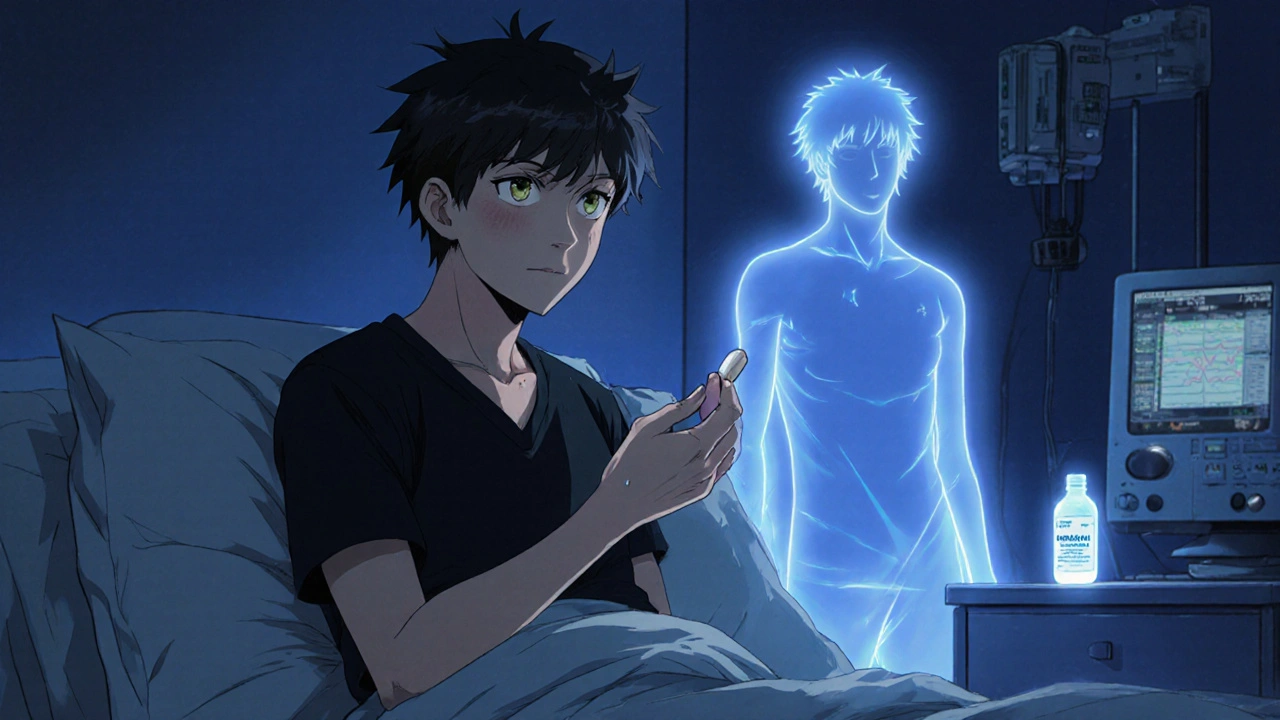Naloxone: What It Is, How It Saves Lives, and Where to Find It
When someone overdoses on opioids, every second counts. That’s where naloxone, a medication that rapidly reverses opioid overdose by blocking opioid receptors in the brain. Also known as Narcan, it’s not a cure—it’s a reset button for a body shutting down from too much heroin, fentanyl, or prescription painkillers. You don’t need a prescription to get it in most places, and it’s safe even if the person didn’t take opioids. No high, no side effects for someone clean. Just pure, fast action when time is running out.
Naloxone works because it’s stronger than opioids at binding to the same receptors. When you give it, it kicks the opioids off and lets the person start breathing again. That’s why it’s carried by first responders, used in shelters, and kept in homes by people who know someone at risk. It’s not magic—it’s science. And it’s been saving lives since the 1970s. The real question isn’t whether it works—it’s why so many people still don’t have it nearby when they need it.
People often confuse naloxone with addiction treatment. It’s not. It doesn’t help with withdrawal or cravings. But it buys time. Time to call 911. Time to get someone to a hospital. Time to start recovery. That’s why it’s paired with education—knowing how to use it, when to use it, and what to do after. And yes, it’s safe to use multiple times if needed. Fentanyl is so strong that sometimes one dose isn’t enough.
You’ll find naloxone in kits that come with nasal spray or an auto-injector. The spray is easy: one puff in each nostril. No needles, no training needed. Even a teenager can use it. And if you’re worried about legal trouble—most states have Good Samaritan laws that protect you if you help someone overdosing. The law sees you as a lifesaver, not a criminal.
What’s missing from most conversations is how common opioid overdoses really are. Fentanyl is hiding in pills people think are oxycodone. It’s in powder sold as cocaine. It’s in fake Adderall. And it’s killing people who never thought they’d be at risk. That’s why naloxone isn’t just for addicts—it’s for parents, friends, coworkers, teachers. Anyone who might be the first person on the scene.
Below, you’ll find real, practical guides on how to use naloxone correctly, where to get it for free or cheap, what to do after giving it, and how it fits into broader overdose prevention efforts. These aren’t theory pieces—they’re action steps written by people who’ve seen the aftermath. Whether you’re carrying it yourself or just want to know how to help someone else, this collection gives you what you need to act fast, stay calm, and save a life.
How to Avoid Overdose When Restarting a Medication After a Break
Restarting medication after a break can be deadly if you return to your old dose. Learn how lost tolerance increases overdose risk-and the simple steps to restart safely with naloxone, low doses, and medical guidance.
- View More
- 15

